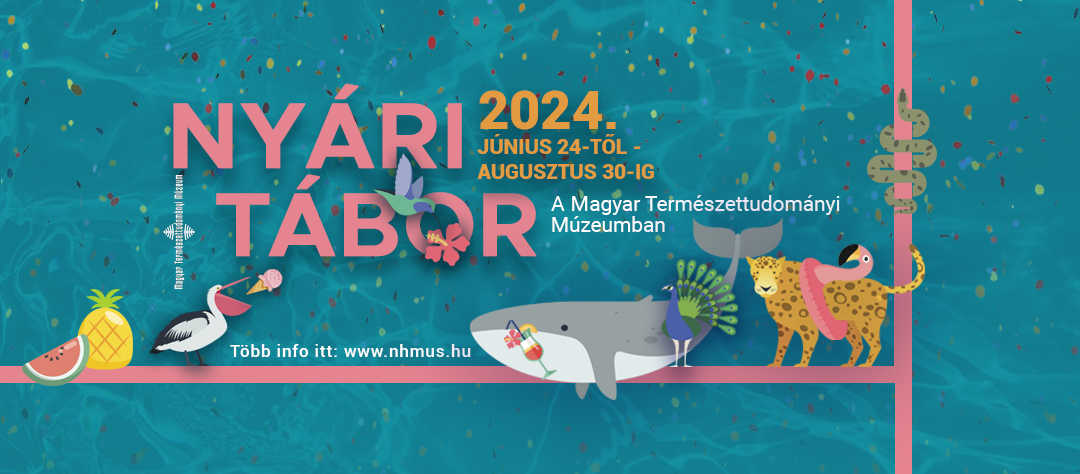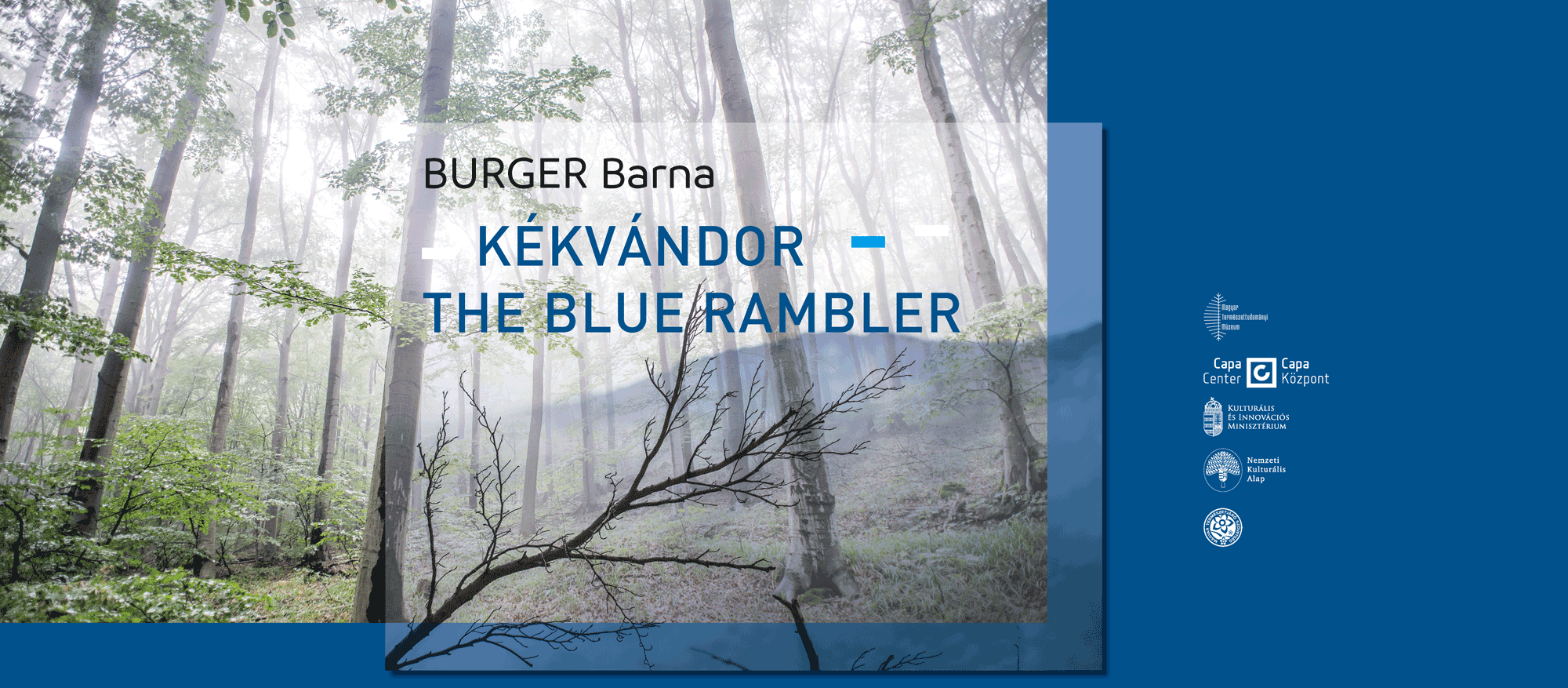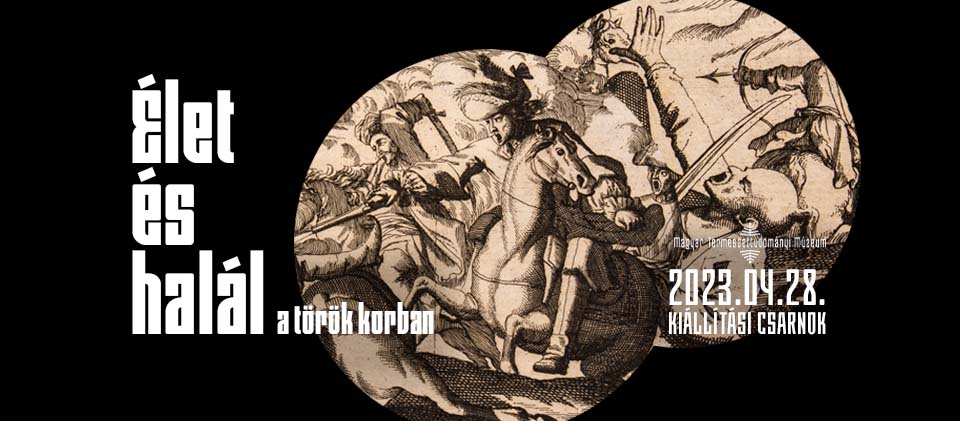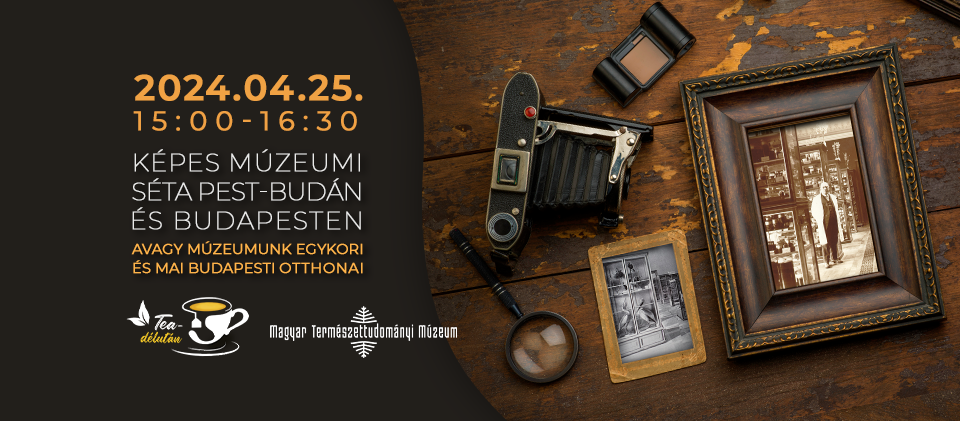Becoming an individual collection, it was based via purchases and donations by Prince Josef, Emil Korniss, Imre Frivaldszky, Gyula Hazay or Károly Brancsik. The first manager was Lajos Soós, who worked for the museum from 1903 to 1935 (and after his retirement, he still remained until1964). Under his supervision, several outstanding malacologists worked in the collection such as János Wagner (1927–1929, 1933–1948), Mihály Rotarides (1935–1950) and József Vágvölgyi (1952–1956).
The Mollusca Collection possessed remarkable material from the Carpathian Basin and the Balkans before the 2nd World War, which was almost completely destroyed in the revolution of 1956. Only a few items survived the fire, including the giant shell (Tridacna gigas), originated from the collection of the famous Hungarian writer, Mór Jókai. At this moment, it is exhibited in our Museum.
After the destruction caused by the revolution of 1956 Pál Agócsy (1957–1975), and László Pintér (1975–1998), as managers and Anna Szigethy (1970–1986), Imre Fürjes (1980–1987) Éva Kiss (1978–1979) and László Drimmer (1992–2003) as assistants rebuilt the collection.
Materials from abroad have been enriched mostly by collecting trips, or in some cases by donations and exchange. By now, we preserve significant material from the Balkans (Albania, Greece, Bulgaria, Croatia, Montenegro), Crete, Transsylvania and Sicily.



